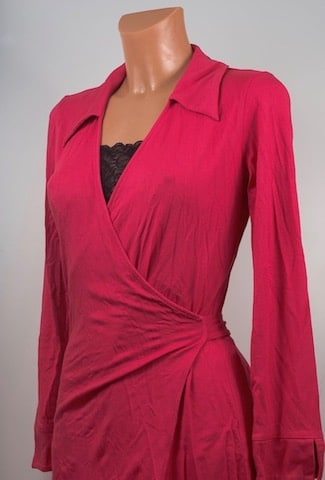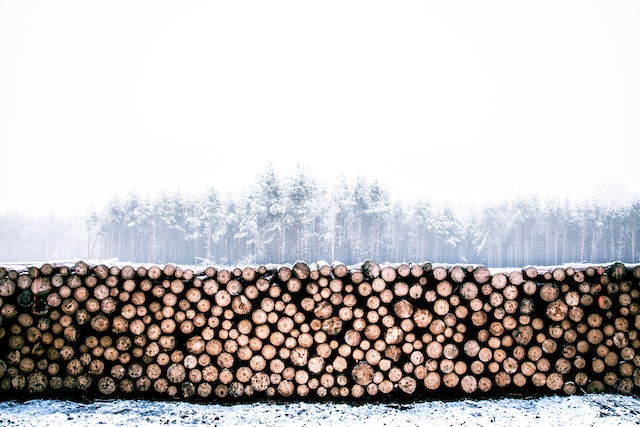
Is Deforestation Hiding in Your Closet?
Published by Anne Altor on Nov 30th 2017
It never occurred to me that my clothing could have been made from trees!
One day while working on a post about palm oil, I came across a Rainforest Action Network campaign for deforestation-free clothing. I learned that rayon, which includes viscose, modal and lyocell, is made from cellulose. And much of that cellulose is obtained from old-growth forests!
Rayon is commonly used in textiles.
You'll see it on labels as rayon, modal, viscose or lyocell. Rayon was "invented" in the late 1800s and was heavily used in the US by the 1920s and '30s as a mor e-affordable substitute for silk. Major rayon-producing countries include India, China, Germany, Brazil, Canada, the US, and Laos. Rayon is used in many textiles besides clothing, including sheets, blankets and curtains, upholstery, industrial and medical products, and cellulose sponges.
e-affordable substitute for silk. Major rayon-producing countries include India, China, Germany, Brazil, Canada, the US, and Laos. Rayon is used in many textiles besides clothing, including sheets, blankets and curtains, upholstery, industrial and medical products, and cellulose sponges.
How are rayon, viscose, modal and lyocell produced?
First, trees are cut down and ground into pulp. The cellulose is treated with chemicals (sodium hydroxide, carbon disulfide and sulfuric acid) and put through extensive mechanical processing. This processing breaks down the cellulose, then shreds, dissolves, presses, spins and stretches the chemically modified material into yarn. Creating these soft silky fabrics is very energy, chemical and water-intensive, so the fabrics are considered "semi-synthetic" or "manufactured fibers." The process generates toxic byproducts including zinc (a metal that's harmful to aquatic life) and hydrogen sulfide.
What are options for avoiding deforestation-based rayon?
We'll look at other fabrics in future posts. But if you're set on rayon…
Rayon derived from bamboo: a mixed bag.
It's hard to argue that any rayon is sustainable given the processing it takes to make it. Retailers make green claims for products that use bamboo as a source of cellulose. They often describe these textiles as, for example, "95% BAMBOO / 5% SPANDEX." This is misleading. Bamboo may be the starting material, but it's chemically and mechanically processed to extract and refine its useful components. However, the use of bamboo, a fast-growing grass, as a source of cellulose might help prevent deforestation. It's not cut and dry: bamboo forests themselves are threatened by overharvesting. Claims of "green" and "sustainable" are often empty promises.Consider Tencel (a brand).
Tencel may be a more sustainable form of rayon. The company that produces Tencel (Lenzig, based in Austria) claims to use only Eucalyptus trees from plantations. They also claim to capture and reuse their solvents and to recycle other byproducts into the food and glass industries.
